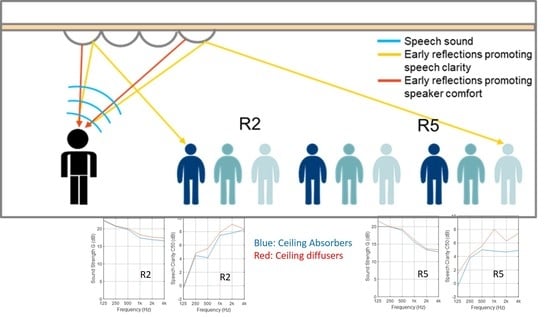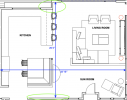DanielT
Major Contributor
Nice.
____
In the link below, various solutions are tested, measured and evaluated. Okay, it's a classroom, but it can be seen as a bit of general information that TS (and others) might find interesting. Perhaps get inspiration from:
The Abstract and Conclusions in the report explains it all well. Okay, the report is about a classroom with lots of students and speeches. Not music, but still.

The Effect on Room Acoustical Parameters Using a Combination of Absorbers and Diffusers—An Experimental Study in a Classroom
Several room acoustic parameters have to be considered in ordinary public rooms, such as offices and classrooms, in order to present the actual conditions, thus increasing demands on the acoustic treatment. The most common acoustical treatment in ordinary rooms is a suspended absorbent ceiling...
Last edited:

